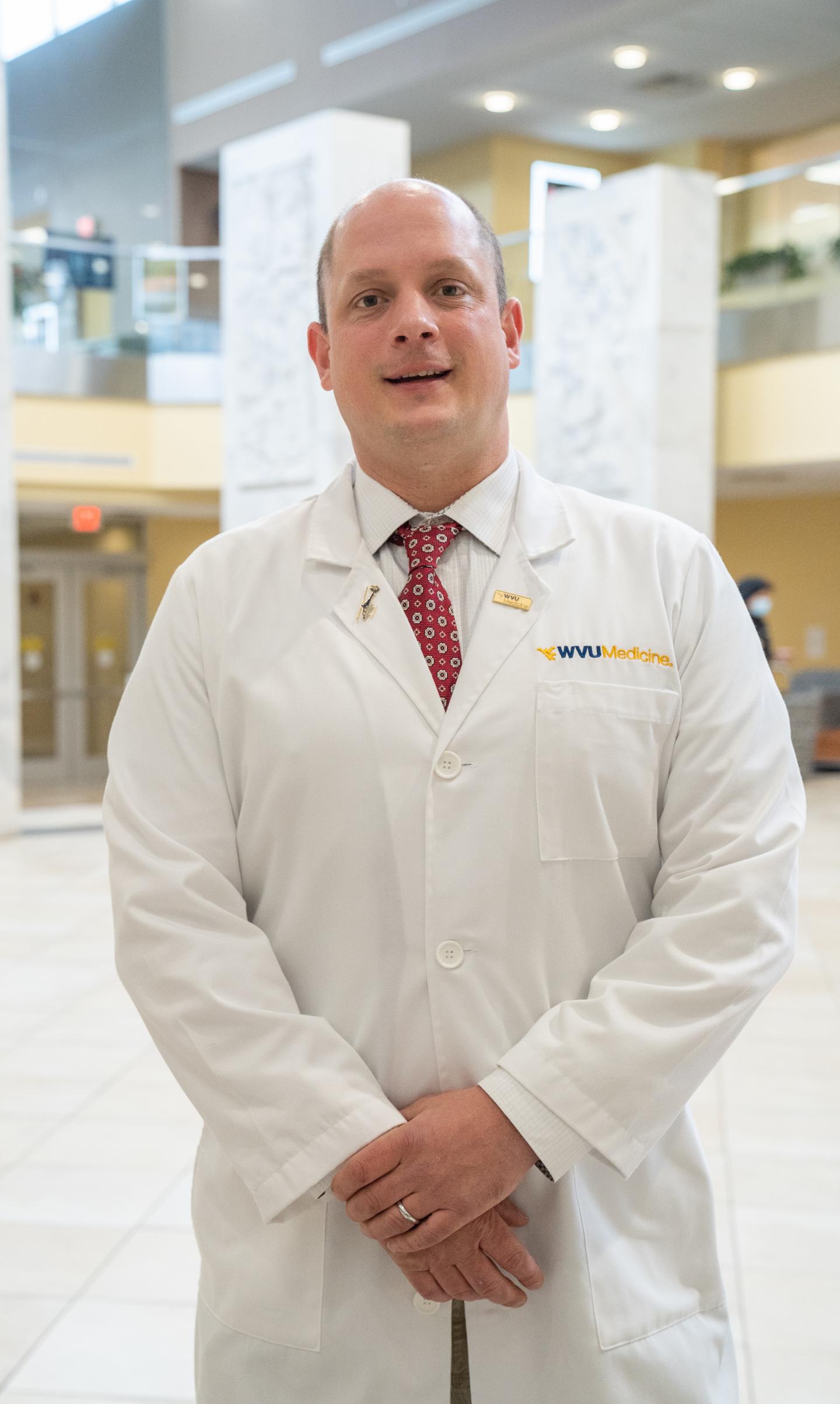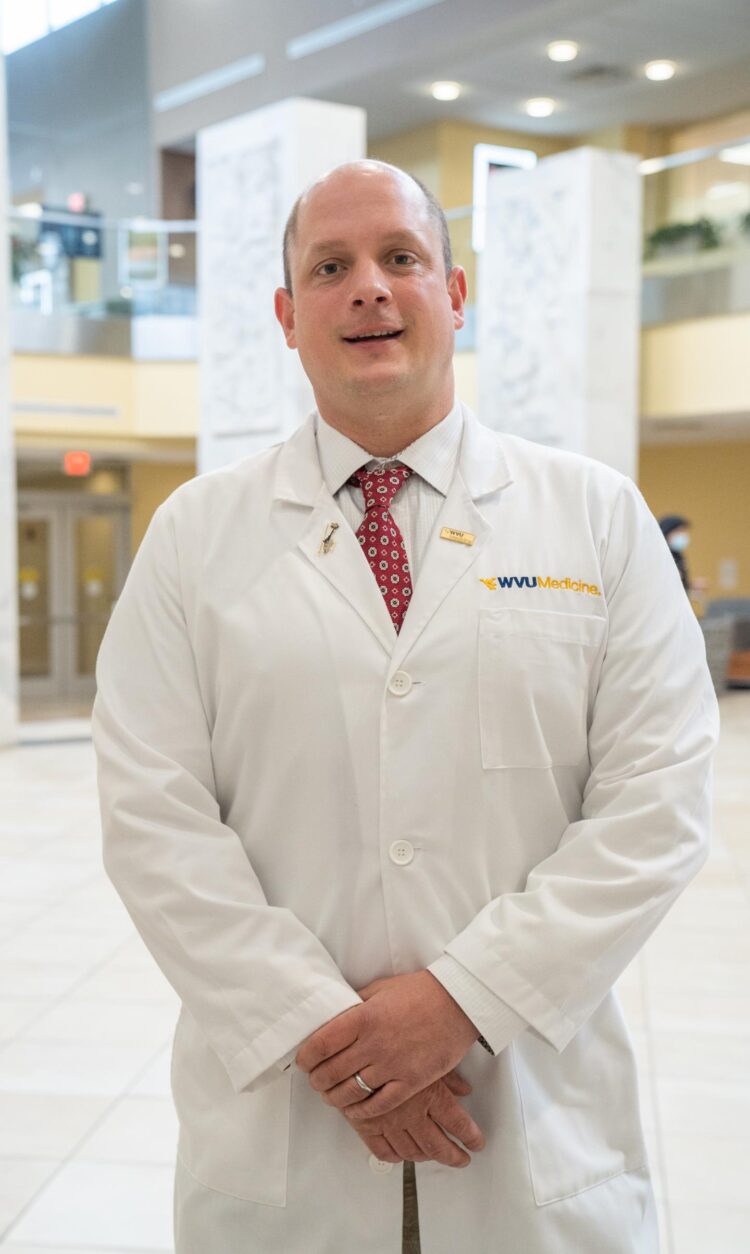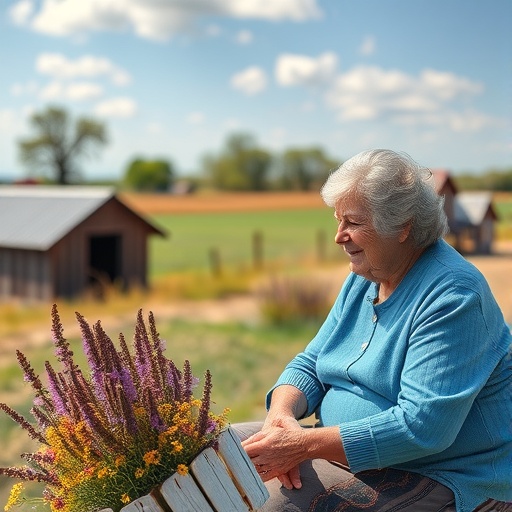
Credit: West Virginia University
Rural emergency departments often lack the medical specialists who staff larger, urban hospitals. Yet rural patients have the same conditions–and need the same prompt care–that people in cities do.
West Virginia University researcher Scott Findley has received a $1.2 million grant from the Health Resources and Services Administration–a division of the Department of Health and Human Services–to bring telehealth capabilities to rural emergency departments across West Virginia.
“Telemedicine offers the opportunity to provide acute, emergent subspecialty care in rural emergency departments,” said Findley, an assistant professor in the School of Medicine and director of the Rural Emergency Medical Institute. “While rural communities can access subspecialty care through outreach clinics and scheduled appointments, this does not solve the problem of the lack of specialty care in the acute setting.”
Why do rural emergency departments have trouble recruiting specialists in the first place? For one thing, the low patient count doesn’t justify the expense of keeping a specialist on staff 24/7.
Another reason? Specialists may worry that their “skills will atrophy there,” said Amelia Adcock, a member of the research team who directs WVU’s Center for Teleneurology and Telestroke.
“Some emergency medicine physicians won’t go work in rural spots,” she said. “They may think, ‘Oh, that’s a Band-Aid center. Nothing happens there.'”
Over the next four years, she, Findley and the rest of the team will establish channels of communication between WVU Medicine’s specialists in Morgantown (population: 30,955) and emergency room physicians in Buckhannon, Gassaway, Ripley and Summersville (with populations that range from 859 to 5,493). The specialists will include neurologists, psychiatrists and case managers.
Getting patients the care they need, when and where they need it
Linking neurologists with emergency room physicians can be especially beneficial when a patient shows up at the ER with signs of a stroke, for instance. Neurologists can quickly evaluate the patient’s symptoms, determine if a stroke has occurred and suggest the best treatment. They can also help to decide whether the patient should be transported to a comprehensive stroke center–which offers endovascular procedures around the clock–or can be cared for effectively where they already are.
“By linking rural emergency medicine providers with specialists in real time, we can create care plans to keep emergency department patients in their home communities when able and more efficiently identify and treat patients whose needs require transfer for a higher level of care,” Findley said.
The researchers will partner with Allm USA Inc.–a technology company that makes medical communications platforms–to customize an app that makes triaging patients easier.
“They tailored their app to our niche state’s needs,” Adcock said. “It’s a very important tool for deciding the baseline of a patient. If the baseline is too poor, they’re not going to be a good candidate for endovascular therapy. So, we could avoid transporting them by helicopter, to the tune of $33,000.”
The app also makes it possible for emergency room physicians to share their patients’ medical records–including MRIs and CT scans–with specialists over the phone while complying with medical privacy laws.
And physicians can text or video chat securely without leaving the app.
“We don’t have time to be going back and forth for 30 minutes,” Adcock said. “That’s just unrealistic.”
Emergencies of the mind
Incorporating behavioral medicine into the telehealth services offers its own rewards. It can be a boon to emergency department physicians when they treat patients who have substance use disorders.
According to the Centers for Disease Control and Prevention, West Virginia had the seventh-highest prevalence of opioid prescriptions in the United States in 2018. The National Institutes of Health reported that the state leads the nation in opioid-involved overdose deaths per capita.
Making matters worse, substance-related overdoses have been rising since the COVID-19 pandemic began, with one study citing a 42 percent increase in May 2020 compared to May 2019. So have rates of depression and anxiety, disordered eating and suicidal thoughts.
“In light of the COVID-19 pandemic, mental health and substance use crises are increasing nationally and in our own backyard,” said Kari Law, an associate professor in the Department of Behavioral Medicine and Psychiatry, medical director of WVU Telepsychiatry and part of the research team. “This funding allows for the implementation of an innovative healthcare delivery model while minimizing stigma surrounding treatment. Patients should be able to access treatment without driving four hours to do so.”
To gauge the telehealth program’s success, the research team will consider several outcomes, such as the frequency of patient transfers between hospitals, the length of hospital stays and the number of times patients are readmitted to the hospital within 30 days of being discharged.
They hypothesize that the telehealth program will make hospital transfers less likely, reduce the number of readmissions and shorten hospital stays.
“Rural communities are a wonderful part of the fabric of West Virginia and should be supported,” Findley said. “However, they do not have the population density to recruit subspecialty providers. We hope to bridge the coverage gap with telemedicine.”
###
Media Contact
Cassie Thomas
[email protected]
Original Source
https:/





